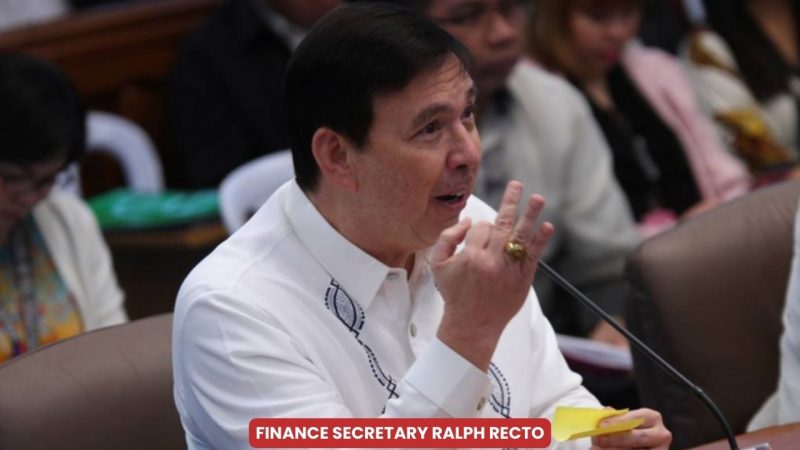By el Amigo
MANILA — In a report released on Wednesday (31 Jan 2024), the Bureau of the Treasury revealed that the national government’s outstanding debt reached a historic high of P14.62 trillion in 2023, reflecting an increase of P1.2 trillion from the previous year.
Despite the surge, the debt-to-gross domestic product (GDP) ratio showed improvement, dropping to 60.2 percent from 60.9 percent in 2022, and staying below the targeted 61.2 percent in the medium-term fiscal framework. This aligns with the government’s efforts to enhance debt sustainability.
Recto confident
Finance Secretary Ralph Recto expressed confidence, stating, “Our debt remains at a very manageable level, and we are on track to bringing down the debt-to-GDP ratio to less than 60 percent by 2025.” The government aims for a debt-to-GDP ratio of less than 60 percent by 2025 and 51.1 percent by 2028.
Breaking down the figures, the national government’s domestic debt amounted to P10.02 trillion, showing a marginal decrease from the end-November level due to the net redemption of government securities. Meanwhile, external debt reached P4.60 trillion, with a 2.54 percent increase from the previous month.
The year-on-year comparison indicated an 8.79 percent rise in domestic debt and a 9.21 percent increase in external debt, which comprised 68.5 percent and 31.5 percent of the total debt, respectively.
The government’s guaranteed obligations decreased by 1.05 percent to P349.44 billion month-on-month, attributed to the net repayment of domestic guarantees. The total guaranteed debt fell by 12.43 percent year on year.
Looking ahead, Rizal Commercial Banking Corp. chief economist Michael Ricafort anticipated further increases in outstanding debt, citing planned borrowings, including the issuance of peso-denominated retail Treasury bonds in the first quarter of 2024. The government plans to borrow P2.46 trillion this year, with 75 percent from domestic sources and 25 percent from abroad. Ricafort emphasized that continued budget deficits, while narrower than the previous year, could still lead to additional borrowings by the national government.
(AI/MNM)







